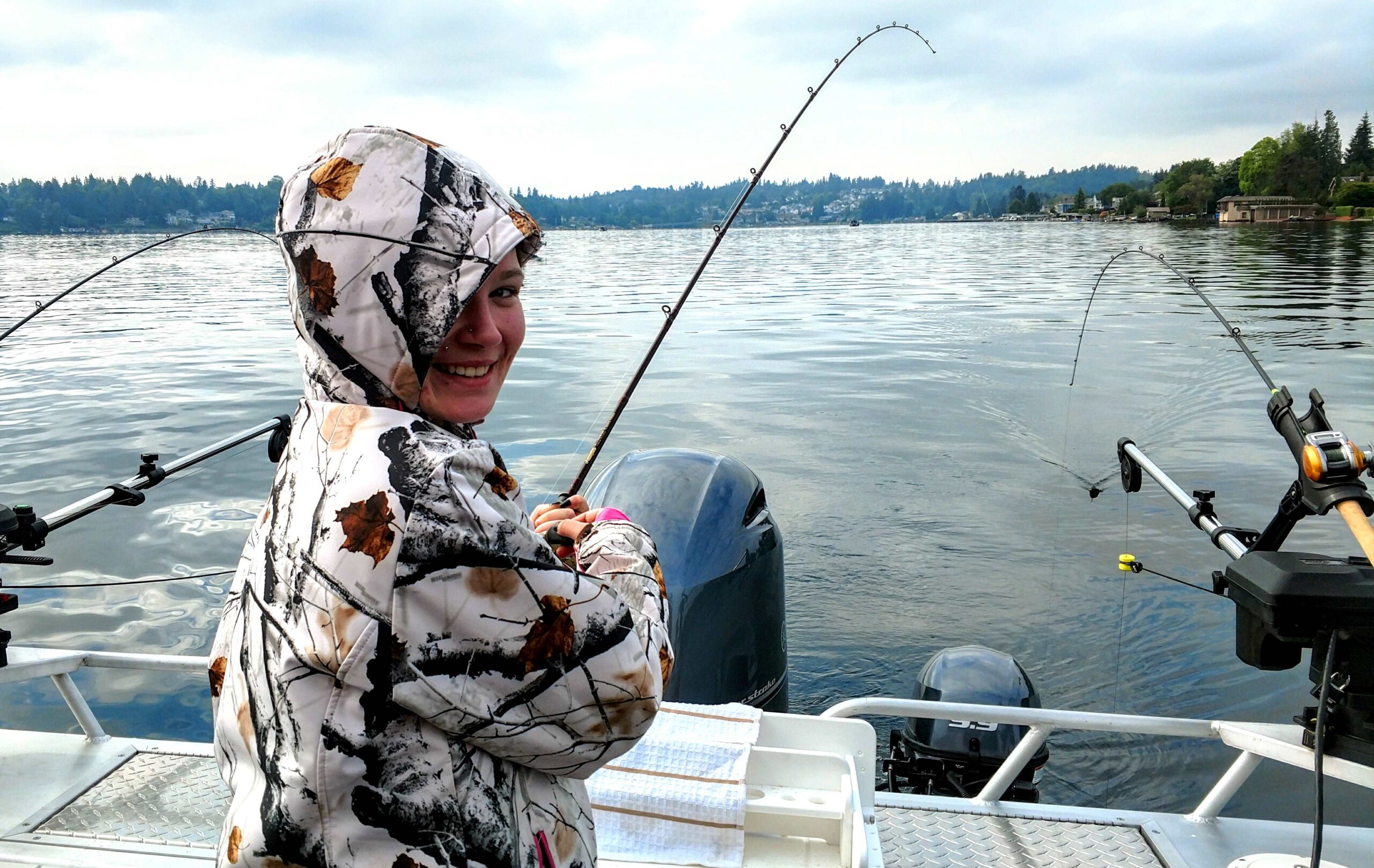With Puget Sound crab season right around the corner, let’s briefly discuss an unfortunate aspect of the sport; lost or stolen crab gear. While fortunately, or maybe unfortunately, most missing crab gear is actually lost, there is still a high incidence of theft associated with recreational crabbing. There are a few things we can do to reduce lost crab gear.
Much of the time, missing crab gear is due to operator error. Things like short crab pot lines, pots not properly weighted, and set location are often the reason a recreational crabber can’t find their gear. Admittingly, crab gear can be the victim of theft. Either way, how do we reduce lost crab gear?
Crabbers
Crabbers can significantly reduce the amount of gear lost due to operator error by taking a solid look at their gear and where they plan to drop the pots. Always ensure that you have adequate line for the area that you are crabbing. Think depth of the water + 50%. Most of the time recreational crabbing is done in 60’ or less of water so for most crabbers 100’ of lead line is adequate.
Weight
Weighting your pots for the location that you plan to crab is critical. The current can easily move your crab gear and I swear that sometimes a pot full of crab can walk as the crabs migrate with the tides. Puget Sound, many coastal bays, and estuaries are subject to strong tidal currents. Use weighted pots or make sure that you add weight as appropriate. Most missing pots often walk away because they are not properly weighted.
Location
Location is important. Many of us crab where we crab because that is where we crab. In that case, you probably already know the drill, but for new crabbers or when crabbing in a new area it is a great idea to study a chart before sending your gear over the side. Make sure you have adequate line for the area and be aware of any drop-offs and strong current seams. If you have charting capabilities, mark your drop point for painless retrieval later. If you are missing a crab pot, wait for slack tide to look again before you report it as a missing pot.
Sadly, our crab gear or even crabs can be the subject of theft. While crabbing at various popular Puget Sound crabbing areas, we have caught people picking our pots several times. Per the WDFW regulations, it is illegal to set or pull unattended shellfish gear with a buoy that does not have your name on it. Despite the regulations, there are people that disregard the law and selfishly steal our gear and crabs.

I am fortunate that during crab season I can keep a crab pot in the water on the days that crabbing is open. I just collect the crabs and rebait as required as I make my rounds. All too often when I pull the pot, the bait cage or bag is wide open with both the crab and bait missing. I use cheap chicken hindquarters for bait. Most of the time I tie wrap both the pot and bait container, but bait theft is a persistent problem (I should always have chicken bones left). In my case, theft is probably not preventable because the pot is out overnight, but there are things we can do to reduce theft.
Probably the best way to reduce theft is to plan day crabbing trips. If your pot is in the right location, it only needs to soak for 20-30 minutes. Set your pot or string and just hang out in the area until it is time to collect your hard-shelled booty. You can also use tie wraps, but it seems that the crab thieves are wise to that one.
A few years back we were crabbing at Yokeko Point inside Deception Pass. We set a string of pots and went for a quick cruise around Hope Island and back, maybe 20 minutes total. Returning to our pots and coming off plane, we saw a 24-26’ sun cruiser type boat with a group of yahoos pulling a crab pot line. As we got closer, we realized it was our pot and expressed our displeasure with the situation. They were very apologetic and said they thought it was their pot. Oh OK… Anyway, a couple pictures later we went on to check our string.
Identify Floats
One way to reduce theft is to uniquely identify your floats. You still must use a red and white float with your name and address on it, but don’t be afraid to add a personal touch. Flags, additional floats, or rubber duckies can be added to make it clear that it is not someone else’s gear. If you do encounter some scumbag stealing your gear or crab, do not confront them. Be polite in communicating with them and get pictures. Share the pictures with the WDFW, they may increase surveillance in that area.
PNW recreational crabbing is a gift from Poseidon and his Tritons. While catching crab, cleaning, cooking, and (best of all) eating them is an enjoyable family activity, occasionally a pot or 2 disappears. If so, don’t let it ruin the experience. Take precautions to reduce pots lost due to “that’s crabbing” issues and/or gear theft, and crabbing season will be your favorite time of the year. As a final thought: with the possibility of a lost pot, always use “rot cord” to allow crab to escape freely if the pot is lost. A derelict crab pot without a proper escape can attract and kill crabs for years after the pot is lost.






















